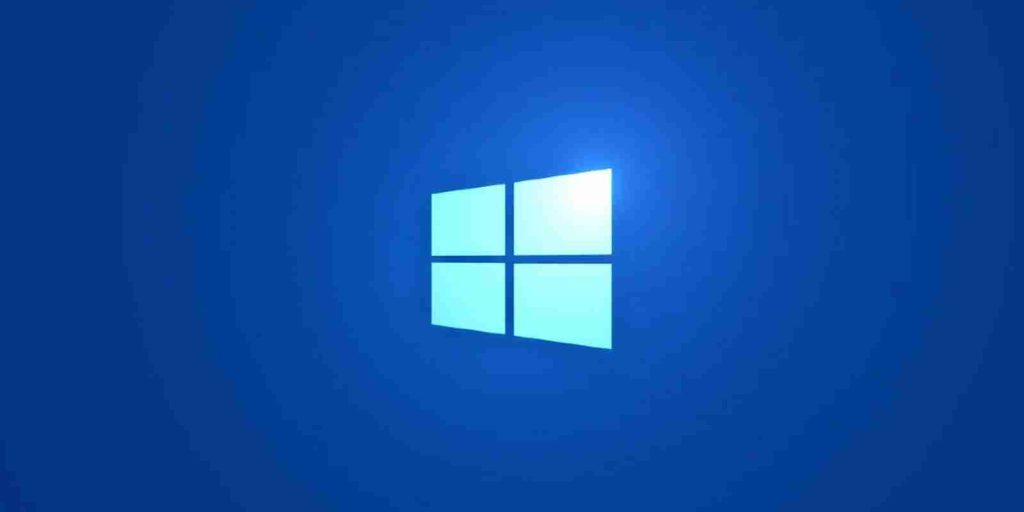KEEP IN TOUCH
Subscribe to our mailing list to get free tips on Data Protection and Cybersecurity updates weekly!







Microsoft reminded customers today that multiple editions of Windows 10, version 20H2 and Windows 10, version 1909 are quickly approaching the end of servicing (EOS).
In a support document updated today, Microsoft stated that Windows 10 20H2 (also known as the October 2020 Update) will reach EOS on May 10, 2022.
This announcement applies to Windows 10 Home, Pro, Pro Education, and Pro for Workstations users. It’s also worth noting that Enterprise, Education, and IoT Enterprise editions will reach EOS on May 9, 2023.
In a separate notification, Redmond added that Enterprise, Education, and IoT Enterprise editions of Windows 10 1909 will also reach their end of servicing on May 10, 2022 (Windows 10 1909 Home, Pro, Pro Education, and Pro for Workstations reached EOS in May 2021).
Also Read: This Educator Aims to Make Good Cyber Hygiene a Household Practice
“These editions will no longer receive security updates after May 10, 2022. Customers who contact Microsoft Support after this date will be directed to update their device to the latest version of Windows 10 to remain supported,” Microsoft explained.
Until these editions of Windows 10 1909 and 20H2 reach EOS, Windows Update will force feature updates on consumer devices and non-managed business devices that reach the end of servicing.
This way, Microsoft ensures that these systems remain supported and receive critical monthly updates, security updates, and improvements. When the feature update is initiated, customers will be able to choose a convenient restart time to complete the update.
More information regarding end of service dates for supported versions of Windows 10 is available in the Windows Lifecycle FAQ, the Windows 10 Servicing Frequently Asked Questions, and via Microsoft’s Lifecycle Policy search tool.
Redmond also provides customers with a complete list of all products ending support or that will be retired in 2022.
On January 21, Microsoft announced that it had started a forced rollout of Windows 10, version 21H2 to more devices reaching EOS as part of a first machine learning (ML) training phase.
Also Read: The 5 Phases of Penetration Testing You Should Know
Windows 10 21H2 is also rolling out to seekers (Windows users who manually check for updates) on Windows 10 2004 or later through a fast update experience very similar to monthly updates.
If you’re running a Windows 10 version nearing EoS and you’re not offered to automatically update, you should manually check for an update via the Windows Update dialog.
Windows 11 21H2 also entered the broad deployment phase on January 27 and is now available for all customers with an eligible device via Windows Update.
“As always, we recommend that you update your devices to the latest version of Windows 10 or upgrade eligible devices to Windows 11 to take advantage of the latest features and advanced protections from the latest security threats,” the company said in January.
You can easily check if your Windows 10 device is eligible for a Windows 11 upgrade using the PC Health Check app or by visiting the Windows 11 specs, features, and computer requirements page.
If you decide to update to the latest Windows version, you can use this support document to troubleshoot update problems or follow this guided walk-through to fix any errors encountered during the update process.